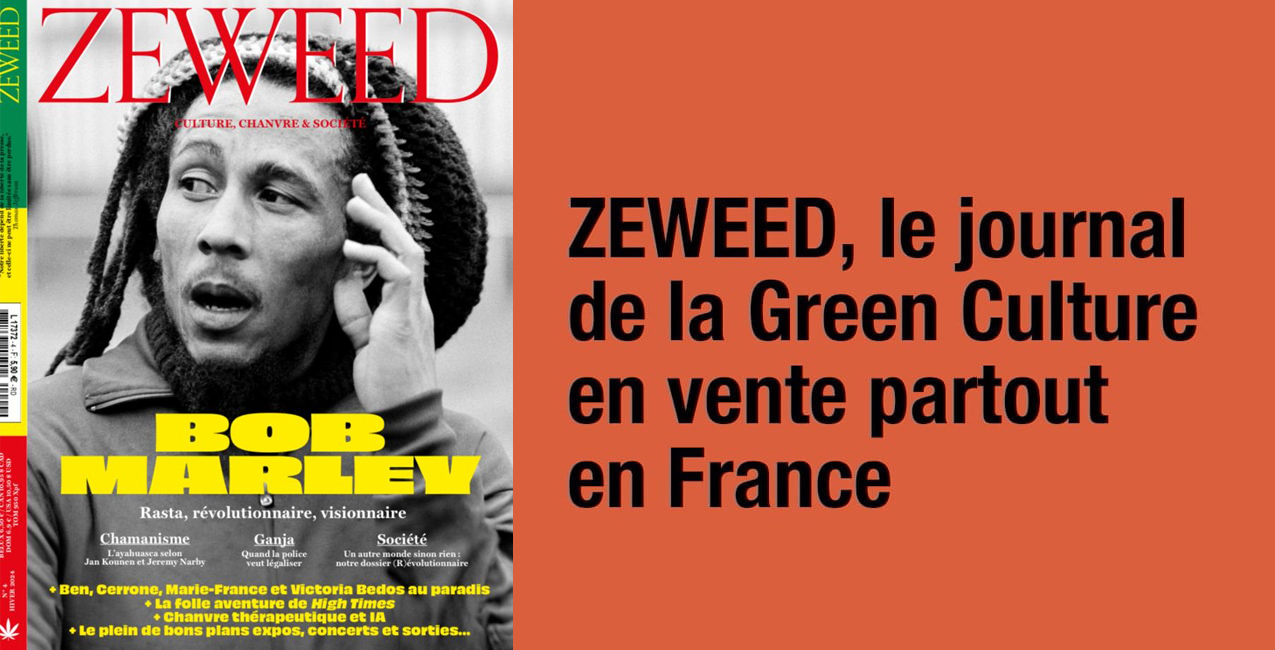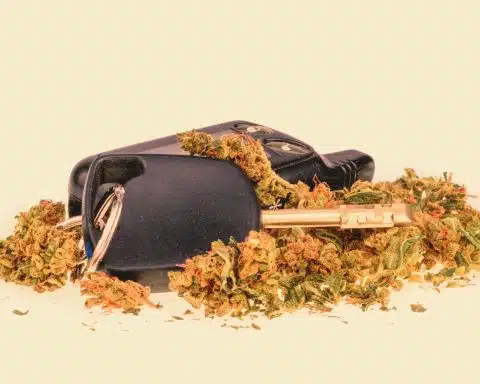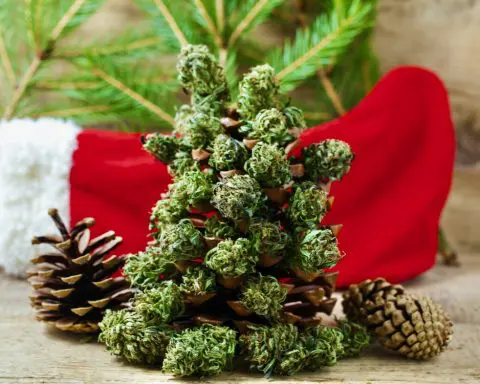There’s really nothing cannabis can’t do; you can eat its seeds, treat disease with its extracts and essential oils, make clothes and paper from its fiber, and feel high and mighty after smoking its flowers. But did you know that cannabis can literally clean the earth ?
Phytoremediation is a process that uses plants to clean contaminated soil. And it turns out cannabis might be one of the best plants for phytoremediation. Keep reading to learn why.
Understanding Soil Contamination and Phytoremediation
Soil is a complex ecosystem and the heart of plant life. Unfortunately, our way of living is taking a hard toll on the ground beneath our feet.
Industry, manufacturing, land development, waste disposal, agriculture, and transport are some of the main human activities jeopardizing soil health around the globe. But even the daily use of shampoos, soaps, detergents, and toothpaste creates toxic runoff that’s detrimental to the quality of soil and the life of plants and animals. Luckily, soil remediation can help reverse some of this damage.
There are many different forms of soil remediation and they all have their respective limitations.
Offsite remediation processes (like the excavation and removal of soil from a contaminated site), for example, are very expensive and usually limited to smaller areas of land. Meanwhile, some on-site remediation processes rely on chemicals or processes that can create infertile soil.
That’s where phytoremediation comes in; by using plants to absorb contaminants from the ground, it offers a natural and extremely cost-effective way to recover the health of our soil.
Is Cannabis The Best Plant For Phytoremediation ?
Cost is a major concern for almost any human venture. In fact, you might argue that our obsession with cutting costs is one of the main factors driving the pollution of our planet. Luckily, phytoremediation with hemp might be one of the cheapest ways to start healing Mother Earth.
The term phytoremediation was first coined by Profesor Ilya Raskin in the 1990s after he and a team of researchers from Rutgers University found that hemp could remove accumulated heavy metals from the soil at Chernobyl. These results were confirmed again in 2001 by a team of German researchers.
In 2011, farmers in Puglia, Italy, put this same theory into practice again. Following years of pollution from an Ilva steel plant (which released extremely high concentrations of dioxins into the atmosphere), farmers in the area were forced to cull their livestock because it was no longer fit for human consumption. In an attempt to save their businesses, farmers started turning to hemp as a cash crop and a means to revive their highly contaminated lands. Today, Puglia is still home to countless hemp farms and shops.
But why hemp? After all, Indian mustard, willows, poplar trees, Indian grass, sunflowers, and even amaranth can absorb contaminants from soil. So, what sets cannabis apart from these other plant species?
First and foremost, cannabis is very effective at accumulating contaminants from its soil. Studies show, for example, that hemp plants can transfer several heavy metals (including arsenic, cadmium, copper, and zinc) from root to shoot. Plus, industrial hemp plants also develop especially long, complex root systems that reach much deeper into the ground than the roots of some of the plants mentioned above.
Secondly, hemp is very easy and cheap to grow. It is typically ready for harvest within 4 months and can withstand extremely poor conditions; even the plants grown at Chernobyl by Professor Raskin, for example, showed no signs of stress.
Finally, what sets hemp apart from all the other phytoremediators mentioned above is this; it produces a large and extremely versatile harvestable biomass.
Remember, hemp is and has long been a major cash crop. Not only can it be harvested for its seeds and fiber, but hemp also makes for great biofuel and can even be turned into a concrete-like construction material. It’s this versatility and potential return-on-investment that sets it apart as one of the best soil remediators on the planet.












